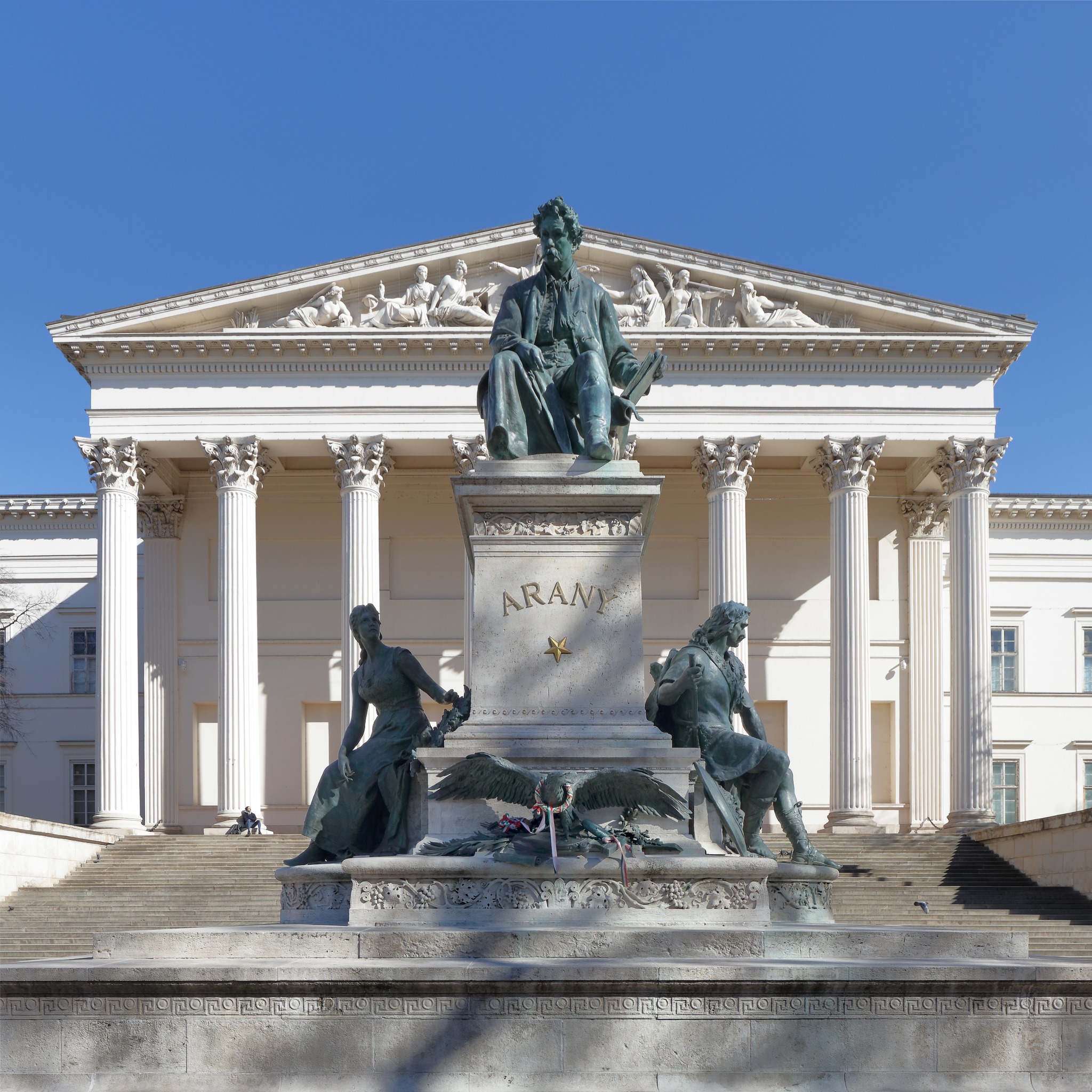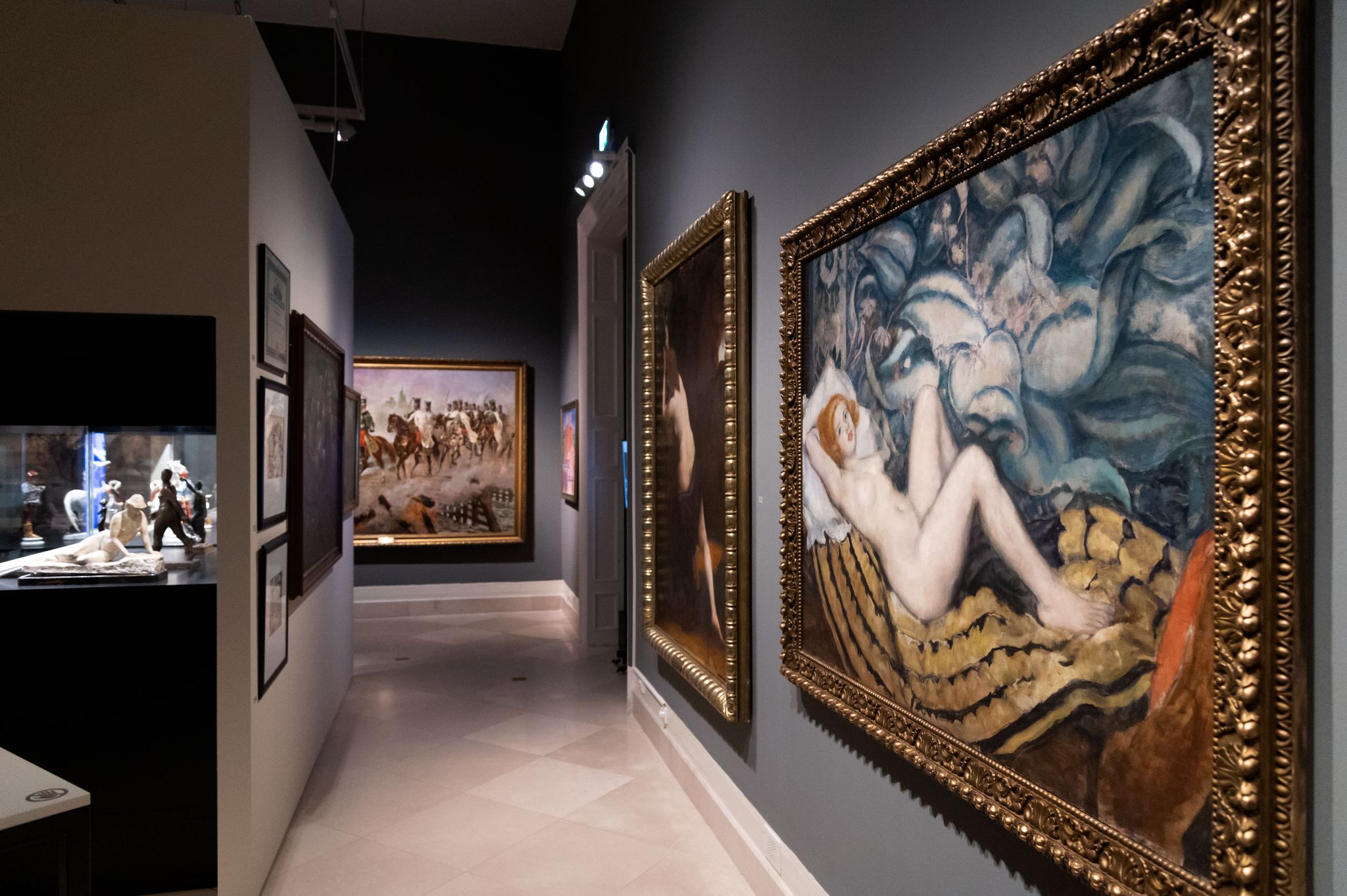Insider’s Guide: Hungarian National Museum in Budapest
- 17 Aug 2023 9:06 AM

What is the Hungarian National Museum in Budapest?
The museum comprises seven main areas for its permanent collection, including a two-part chronological walk-through the history of Hungary, medieval and Roman sections, and the Seuso Treasure, a hoard of Roman-era silver of disputed provenance. It was bought in two stages by the Hungarian government, in 2014 and 2017.
A stately pile designed in neo-Classical style by Mihály Pollack in the 1830s, the National Museum exudes refinement and grandeur.

Top tips for the Hungarian National Museum in Budapest
Prime exhibits in the permanent collection include the golden Monomachus Crown depicting the Byzantine rulers Constantine IV and Zoë from the early 11th century, the Coronation Mantle as worn by Hungarian monarchs dating back to the first king, Stephen, in 1000, and original printing press used for the dissemination of the so-called 12 Points, proclaimed on these very steps in 1848.
Why was the Hungarian National Museum created?
Originally conceived by Count Ferenc Széchényi, father of famed innovator Count István Széchenyi, the Hungarian National Museum grew out of the National Library he collated in the early 1800s. This is now housed in Buda Castle, in the same complex as the Hungarian National Gallery, while parliament voted for there to be a single grand building to house Hungary’s collection of treasures.
Somewhat bizarrely, there wasn’t actually a parliament building in Budapest at the time – later on, the lower house met at quite a modest and unsuitable building on Bródy Sándor utca, today the Italian Cultural Institute, the upper house here at the National Museum.
Once the national museum was unveiled in 1847, it joined the pantheon of similarly prestigious national museums across Europe.

When was the Hungarian National Museum created?
While the institution was established in 1802, this museum opened in 1847, its construction having survived the Great Flood of 1838 that engulfed much of this part of Pest near the river.
Architect Mihály Pollack was already in his sixties when he began work on the project, having spent the previous three decades creating neo-Classical palaces and public buildings.
When the site was being chosen, cattle still grazed around this part of Pest, which only extended much further back during the rapid urban development from the 1870s onwards.
Where in Budapest is the Hungarian National Museum
The National Museum dominates the stretch of main road it lends its name to, Múzeum körút, its green surroundings recently relandscaped for public recreation. Behind it the so-called Palace Quarter, streets dotted with the once grand residences of nobility who would use these houses as their pied-à-terre in Pest before returning to the country piles and estates.
The National Museum lies between Kálvin tér and Astoria on three different metro lines, but is equally a nice stroll from focal Deák Ferenc tér. The river is also close by, just one tram stop away.

What else should I know about the Hungarian National Museum in Budapest
Look out for the temporary exhibitions at the Hungarian National Museum, which can cover a whole range of topics. Currently these include a homage to Hungaro-British artist Sam Havadtoy, a display of Herend porcelain, and a history of the 100-year-old Hungarian Order of Merit.
You don’t need to enter the museum to take in its atmosphere, thanks to the recent relandscaping of the surrounding gardens, with plentiful benches and a water feature. Among the statues is one of the museum’s founder, Count Ferenc Széchényi.
Why visit the Hungarian National Museum in Budapest?
As well as stunning medieval artefacts in the History of Hungary area, visitors can get a real feel for the urban history of Budapest, laid out according to theme and chronology. The Seuso Treasure should not be missed, a unique rarity that has only been welcomed back to Hungary in recent years.

Words by Peterjon Cresswell for Xpatloop.com
Peterjon has been researching the byways of Budapest for 30 years, extending his expertise across Europe to produce guidebooks for Time Out and his own website liberoguide.com
Related links






























LATEST NEWS IN getting around